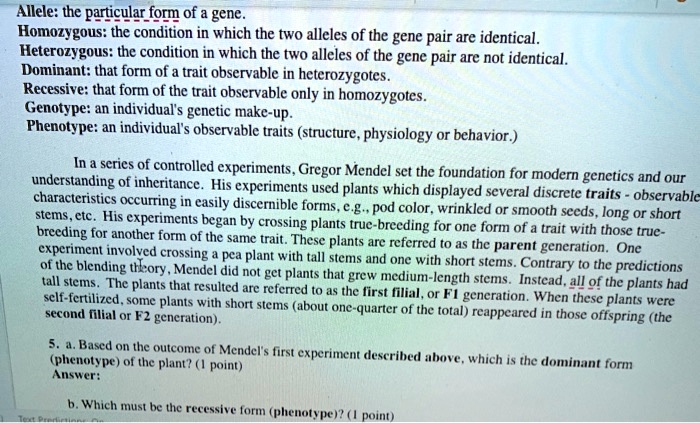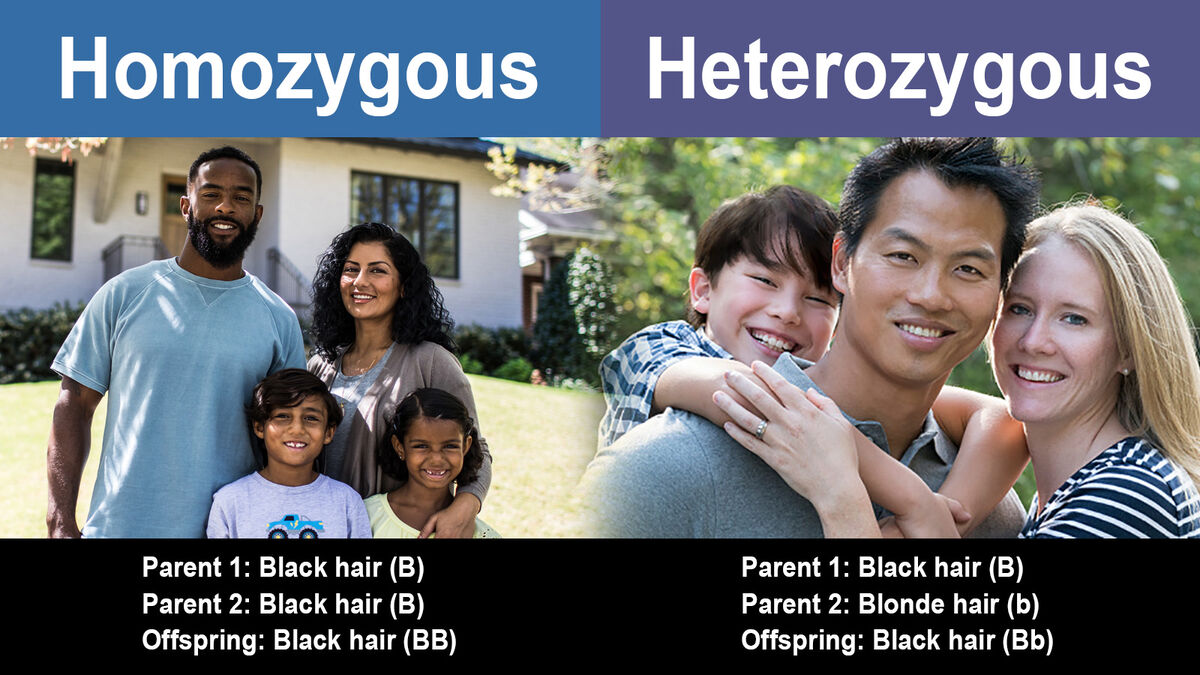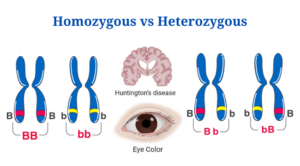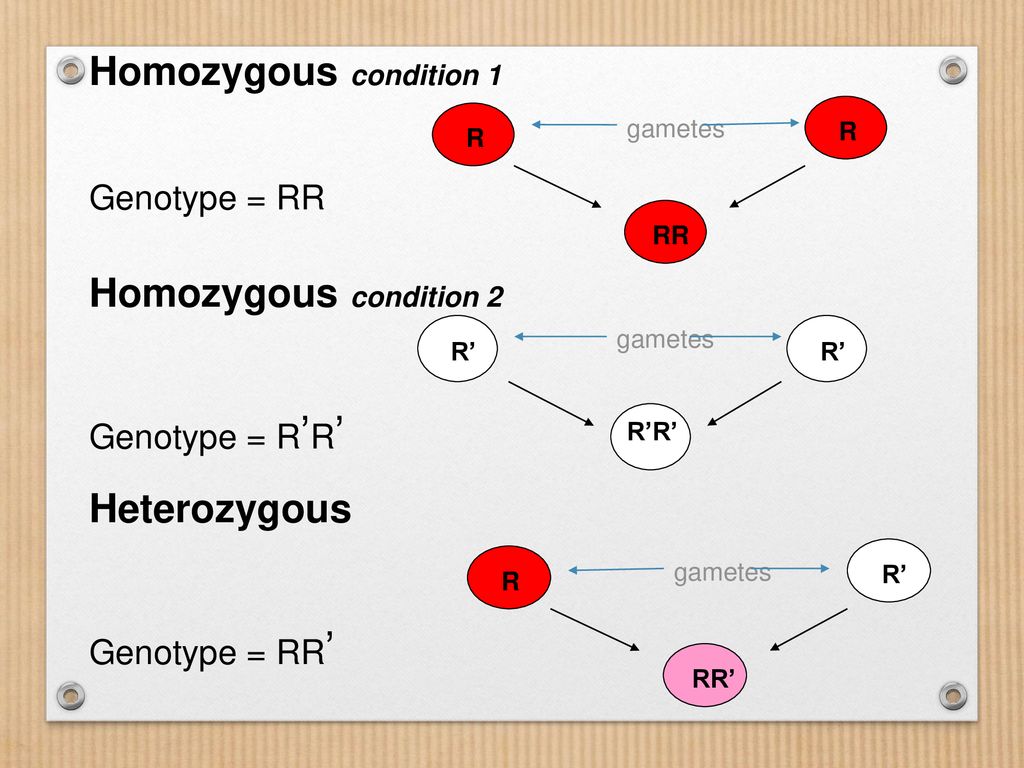In genetics, the terms homozygous and heterozygous refer to the state of an individual's alleles at a particular gene locus. An allele is a variant form of a gene, and each gene has two alleles, one inherited from each parent.
A homozygous individual has two copies of the same allele at a particular gene locus, meaning that both alleles inherited from the individual's parents are identical. For example, if an individual has two copies of the "A" allele for a particular gene, they would be homozygous for that gene.
On the other hand, a heterozygous individual has two different alleles at a particular gene locus, meaning that the alleles inherited from the individual's parents are different. For example, if an individual has one copy of the "A" allele and one copy of the "B" allele for a particular gene, they would be heterozygous for that gene.
The homozygous and heterozygous conditions can have significant effects on an individual's phenotype, which is the physical and functional characteristics of an organism. Homozygous individuals will express the same trait associated with a particular gene, as both of their alleles are the same. For example, if an individual is homozygous for the gene that codes for brown eyes, they will have brown eyes.
On the other hand, heterozygous individuals may express a blend of traits associated with the different alleles they carry. This is known as incomplete dominance, where the traits of both alleles are visible in the phenotype of the heterozygous individual. For example, if an individual is heterozygous for the gene that codes for flower color in plants, they may have flowers that are a blend of the colors associated with each allele.
In some cases, the homozygous condition may have negative effects on an individual's health. For example, if an individual is homozygous for a gene that codes for a harmful trait, such as a genetic disorder, they will express the trait and be at higher risk for the associated health problems. Heterozygous individuals, on the other hand, may not express the harmful trait, as one of their alleles may be able to compensate for the negative effects of the other allele.
In summary, the homozygous and heterozygous conditions refer to the state of an individual's alleles at a particular gene locus. Homozygous individuals have two copies of the same allele, while heterozygous individuals have two different alleles. The homozygous and heterozygous conditions can have significant effects on an individual's phenotype and can also have implications for their health.








